How Powerful is Iran in 2025:
Discover how powerful Iran ایران is in 2025 with a complete analysis of its military strength, nuclear ambitions, economic resilience, and global influence under Supreme Leader Ali Khamenei.
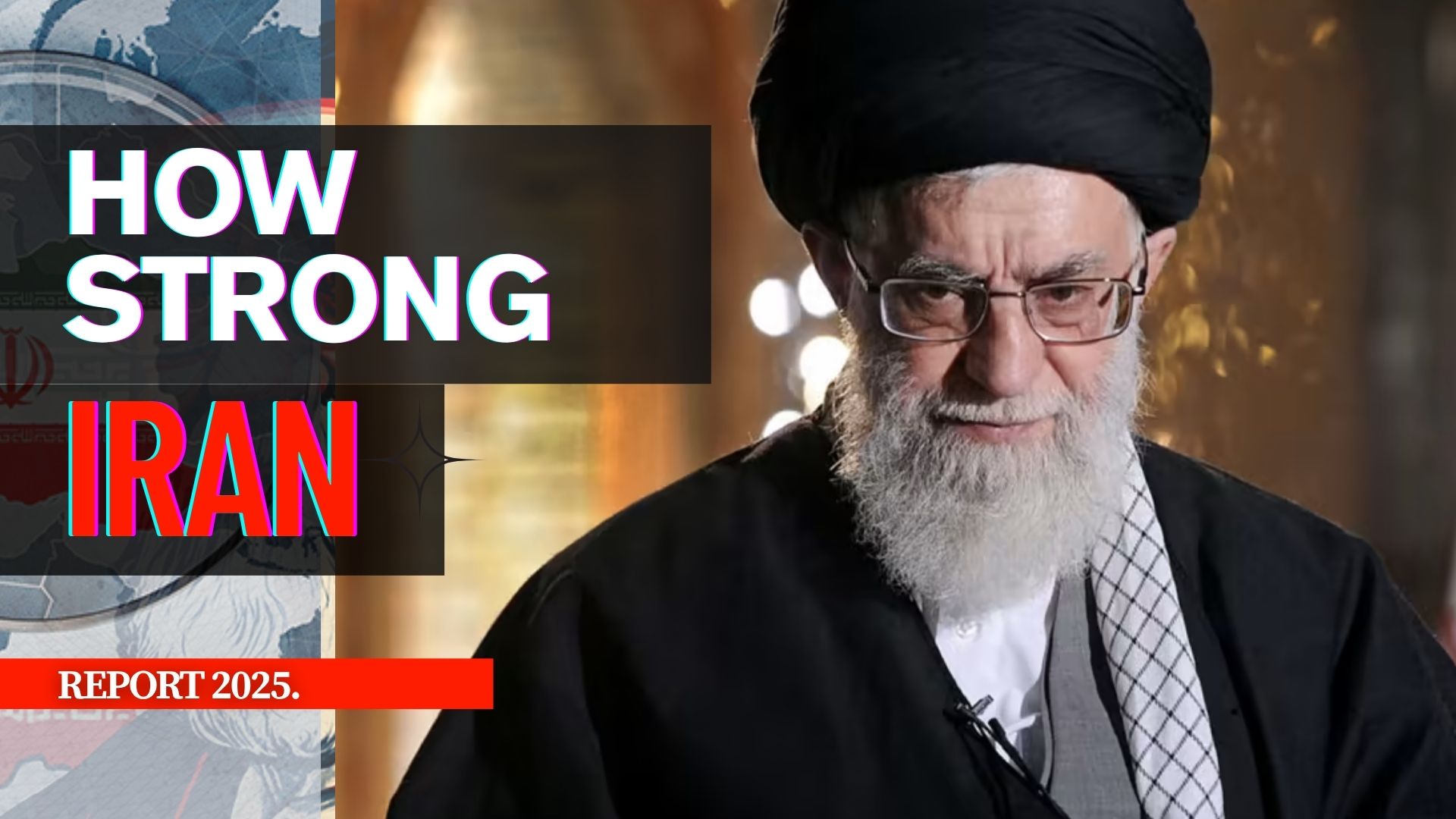
Iran, also known The Persia officially the Islamic Republic of Iran, remains one of the most strategically significant, powerful and strongest nations in the Middle East. Despite enduring international sanctions, domestic issues, and geopolitical isolation, Iran has managed to sustain and even enhance its influence in the region by leveraging military strength, proxy networks, and energy resources. In 2025, Iran’s power is multidimensional—spanning military, nuclear potential, economic endurance, regional influence, and cyber capabilities. and also we will be discuss that the how powerful is the Iran’s Supreme Leader, Ayatollah Ali Khamenei
IRAN’s Military Strength in 2025: Full Overview
Iran possesses one of the largest standing militaries in the Middle East. Despite outdated equipment in some areas, its asymmetric tactics, drone warfare, and missile technology make it a formidable force. we will explain all three categories of irans military strength in 2025.
Ground Forces:
Iran’s ground forces are the backbone and the most important strength of its defense and offensive doctrine, combining regular army units with elite IRGC ground divisions. The country continues to develop its domestic arms industry to remain self-sufficient under sanctions.
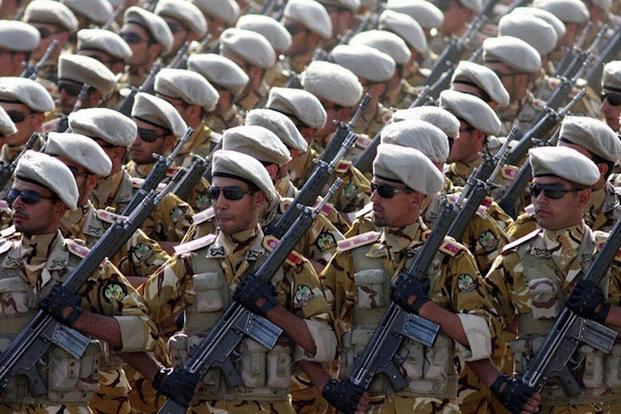
Active Personnel:
Iran maintains an estimated 575,000 active troops which is the second largest army in the middle east after turkey, divided between the Islamic Republic of Iran Army (Artesh) and the Islamic Revolutionary Guard Corps (IRGC) or Pasdaran E Inqilab. The IRGC Ground Force controls elite divisions and paramilitary Basij forces for internal control and regional operations.
Tanks:
Iran fields approximately 1,800 main battle tanks, including:
-
T-72 variants (T-72S, T-72M1) – over 600 units
-
Zulfiqar MBT (Iranian-made) – approx. 600+ units
-
Chieftain and M60 tanks (U.S. and British-origin, older models) – hundreds still operational with upgrades
Despite being outdated by Western standards, these tanks are often upgraded with modern fire control and armor systems.
Ballistic Missiles:
Iran holds the largest ballistic missile arsenal in the Middle East, with over 3,000 missiles of various ranges:
-
Shahab-3: ~2,000 km range
-
Sejjil-2: Solid-fuel, ~2,200 km
-
Fateh-110/Fateh-313: Short-range precision missiles (200–500 km)
-
Khaybar Shekan: New-generation solid-fuel missile (~1,450 km range)
Missile development remains a top priority, seen as a strategic deterrent against Israel and U.S. bases in the middle east.
Air Defense Systems:
Iran operates a layered air defense network combining Russian systems and indigenous technologies:
-
Russian S-300PMU-2: Long-range SAMs, acquired in 2016
-
Bavar-373: Iran’s homemade equivalent of the S-300
-
Khordad-15: Capable of tracking 6 targets and engaging 6 simultaneously
-
Tor-M1 & Mersad: Short and medium-range systems for base defense
While not as advanced as Western systems, Iran’s air defense has proven capable in intercepting drones and cruise missiles during recent regional flare-ups. but although iran air defense system still want more improvement.
IRAN’s Air Force:
Iran’s Air Force is 6th largest airforce in the middle east which is the weakest branch in terms of modern equipment but remains strategically important through its missile integration, drone command, and retrofitted aircraft.
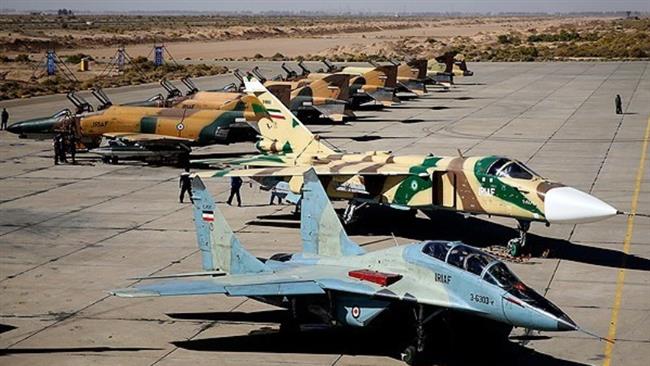
Total Aircrafts:
Iran operates roughly 330–350 military aircraft, although many are legacy systems from the 1970s and 80s. These include a mix of U.S. (pre-1979) and Soviet-era jets, with some Chinese variants and Iranian modifications. Many aircraft are kept airworthy through reverse-engineering and spare part adaptation.
Attack Aircrafts:
-
F-4 Phantom II: ~40 units, used for long-range strike missions
-
Su-24MK: ~25 units, Russia-supplied, used in Syria operations
-
F-5E/F Tiger II: ~60, many upgraded into Iranian variants like Kowsar
-
MiG-29 Fulcrum: ~30 aircraft used for multi-role combat
These jets are aging, but Iran continues to modernize avionics and weapons to retain offensive capacity.
Helicopters:
Iran has about 130–150 military helicopters, used for transport, close air support, and search & rescue roles. Key types include:
-
Bell AH-1J Cobra: ~50 attack helicopters (pre-revolution U.S. models)
-
Mil Mi-17 (Russia): ~40–50 units for utility and troop transport
-
Shahed-278 and Toufan: Iranian-made helicopters
Limited in attack capacity, these platforms are more often used in mountainous border areas or IRGC operations.
Drones (UAVs):
Iran is the 4th largest drones manufacturing country in the middle east and now a global drone superpower, with over 1,000 active drones and growing export networks to Russia, Hezbollah, and the Houthis. Iran’s drone doctrine focuses on swarm attacks, kamikaze strikes, and long-range reconnaissance.
Notable systems:
-
Shahed-136: Loitering munition, used in Ukraine and Israel-Palestine conflicts
-
Mohajer-6: Armed drone with precision-guided munitions
-
Karrar: Jet-powered attack UAV
-
Fotros: One of Iran’s largest drones, used for strategic surveillance
These drones have made Iran an asymmetric air power, often bypassing traditional air defenses to strike with low cost and high efficiency.
IRAN’S Naval Forces & Fleets:
Iran’s Navy is the 2nd largest navy in the middle east after turkey in 2025, iran’s navy is split between two branches with distinct roles and areas of operation:
-
The Islamic Republic of Iran Navy (IRIN) – operates in the Gulf of Oman, Arabian Sea, and beyond
-
The IRGC Navy (IRGCN) – operates in the Persian Gulf, Strait of Hormuz, and focuses on asymmetric warfare
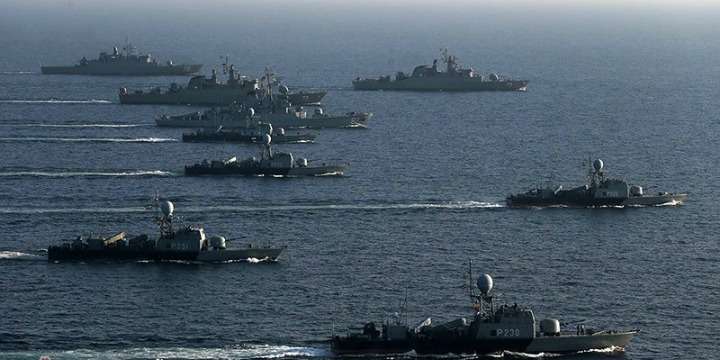
Together, they are designed to defend Iran’s coastlines, disrupt enemy naval movements, and threaten key global trade routes, especially the Strait of Hormuz, through which ~20% of the world’s oil passes.
Total Naval Personnel
Iran’s Navy has around 18,000–20,000 active personnel, with a significant number under the IRGC Navy, which plays a dominant role in asymmetric naval warfare in the Persian Gulf.
Warships and Vessels
While Iran lacks modern blue-water capabilities like aircraft carriers or destroyers, it has over 400 vessels including fast-attack boats, missile ships, and submarines.
Major Surface Ships:
-
Sahand-class destroyer/frigate – 3 active units (Iranian-built, multi-role)
-
Moudge-class frigates – 5 in service
-
Bayandor-class corvettes – 2 older units, upgraded
These ships are equipped with anti-ship missiles, radar systems, and naval artillery.
Fast Attack Craft & Missile Boats
Iran excels in fast-attack swarm tactics using small, agile boats armed with rockets, torpedoes, or anti-ship missiles:
-
Over 200+ fast attack craft in IRGC Navy inventory
-
Often deployed in groups to threaten larger U.S. or Saudi vessels in the Strait of Hormuz
These are the backbone of Iran’s naval guerrilla strategy, effective in narrow waters and against oil tankers.
Submarines:
Iran maintains a substantial submarine fleet focused on coastal defense and strategic deterrence:
-
3 Kilo-class submarines (Russia-supplied, heavy subs for deep-sea missions)
-
Over 20 Ghadir-class mini-submarines, ideal for shallow waters in the Gulf
-
Fateh-class (indigenous, medium-size subs) – 2 operational, more in development
Iran’s submarines are equipped with torpedoes, naval mines, and possibly cruise missiles, giving it undersea capabilities unmatched by many regional navies.
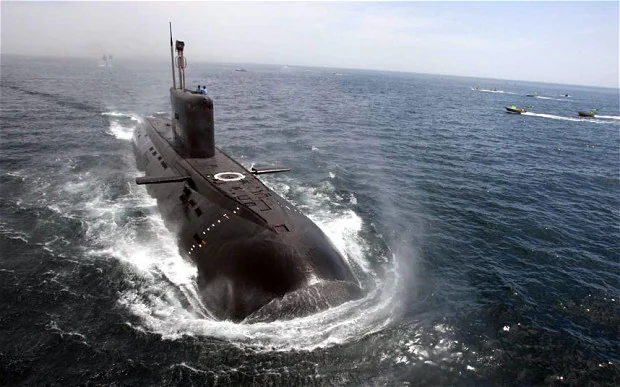
Anti-Ship Missiles and Naval Artillery
Iran’s Navy deploys a wide range of domestically produced anti-ship missiles, including:
-
Noor (C-802 variant) – up to 120–180 km range
-
Qadir – advanced anti-ship missile (~300 km range)
-
Nasr and Kosar missiles – deployed on small boats and coastal batteries
These are used in both offensive naval platforms and coastal missile defense units, making the Strait of Hormuz highly dangerous for adversaries during conflict.
Naval Bases & Strategic Locations
Iran’s major naval bases are located at:
-
Bandar Abbas – home to IRGCN and IRIN fleets
-
Chabahar – eastern base, gives access to Indian Ocean
-
Bushehr and Jask – Gulf-focused forward-operating points
The geography of the Persian Gulf, along with narrow chokepoints like the Strait of Hormuz, gives Iran a major advantage in controlling naval traffic and launching sudden maritime strikes and which can highly effect the global oil market.
Naval Exercises & Global Reach
In recent years, Iran has conducted joint naval drills with:
-
Russia and China in the Gulf of Oman and Indian Ocean
-
Independent deployments to Atlantic Ocean to show blue-water ambitions
-
Increased patrols near Pakistan, Oman, and even East Africa
While not a global sea power, Iran’s navy is proving it can project influence far beyond its coastline and align itself with Eastern powers.
Iran’s Asymmetric Power: Nukes, Proxies, Cyber & Intelligence:
Iran in 2025 projects regional dominance through near-nuclear capability, proxy militias, elite cyber units, and powerful intelligence agencies like the IRGC Intelligence and MOIS. here is the following details.
Nuclear Capabilities:
Iran is closer than ever to a nuclear breakout in 2025. Though it denies intentions to build a bomb, enrichment levels have reportedly crossed 60%, as another report tell that 80% enrichment with estimates suggesting that weaponization could be achieved within weeks if decided. recently israel killed two top class iranian nuclear scientists on june 13, 2025, for more updates regarding their killing click here: https://muavpk.com/iranian-commanders-nuclear-scientists-killed/
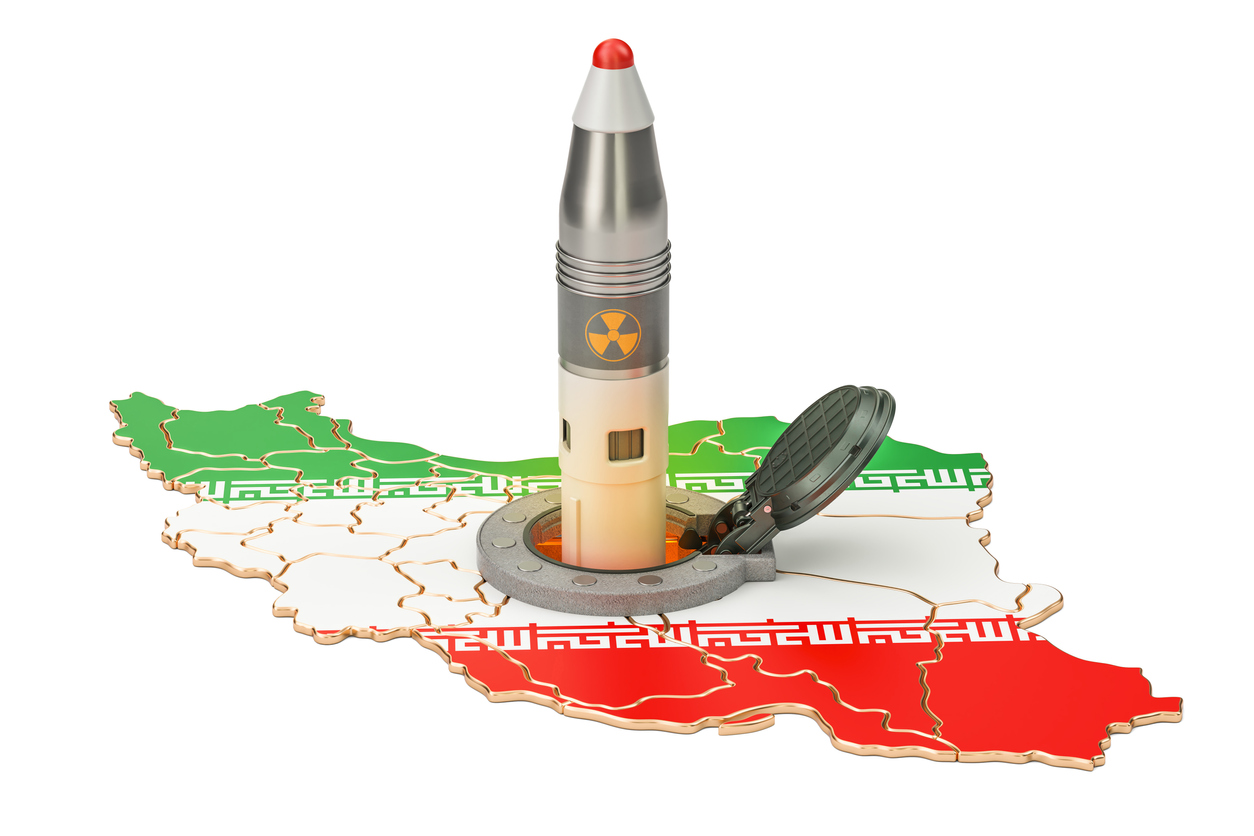
Enrichment capacity: Vastly expanded with advanced IR-6 centrifuges
IAEA monitoring: Severely limited access since 2023
JCPOA status: Completely collapsed; diplomacy is minimal
International Concerns:
Israel, Saudi Arabia, and the U.S. remain alarmed over Iran’s nuclear timeline
Several cyberattacks and covert operations have tried to slow Iran’s progress, but failed to halt it
Proxy Network and Regional Influence:
Iran wields tremendous power through its regional proxy alliances, proxies are the secret power of iran, often referred to as the “Axis of Resistance”.
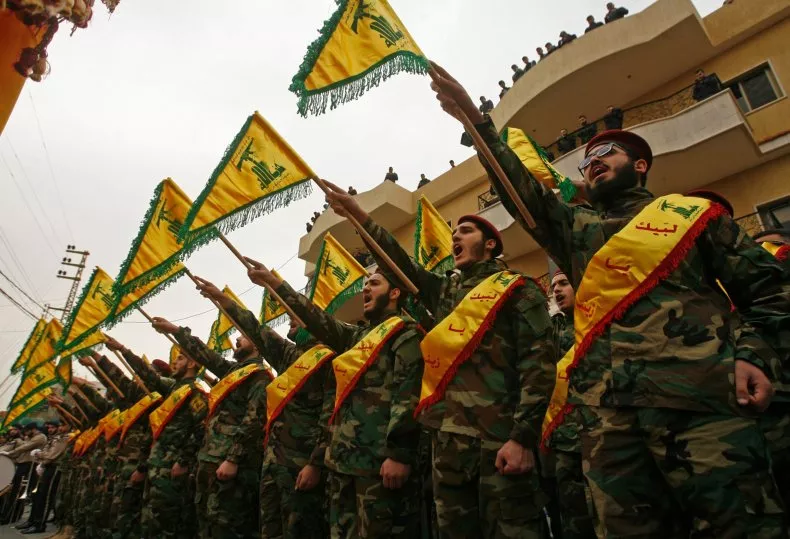
Following list of Iran’s Proxy Forces:
- Hezbollah (Lebanon)
- Houthis (Yemen)
- Shiite militias (Iraq)
- Syrian pro-Assad forces
- Palestinian Islamic Jihad & Hamas
These groups extend Iran’s reach, enabling it to:
Threaten Israel from multiple fronts
Attack U.S. bases in Iraq and Syria
Pressure Saudi Arabia and Gulf states via Houthi missile attacks
Cyber and Intelligence Power:
Iran has developed significant cyberwarfare capabilities, used for:
Attacks on U.S. infrastructure
Disinformation campaigns
Spying on dissidents and foreign governments
In 2025, its cyber forces operate with growing sophistication, rivaling even state-backed hackers in China and Russia.
Intelligence Agencies
Iran has one of the most feared and sophisticated intelligence networks in the region:
-
MOIS (Ministry of Intelligence and Security): Official state intelligence agency
-
IRGC Intelligence Organization: More powerful in practice, operates like an Iranian CIA
-
Basij (paramilitary): Provides local informants and surveillance across cities and towns
These agencies:
-
Crack down on internal dissent
-
Conduct overseas assassinations (e.g., exiled dissidents)
-
Support Hezbollah, Iraqi militias, Houthis, and Syrian intelligence
Together, cyber warfare and intelligence ops give Iran deep strategic depth that extends far beyond its borders.
IRAN’s Non-Military Strengths in 2025:
Iran has shifted from Western dependency to Eastern strategic partnerships, strengthening ties with China, Russia, and key players in Asia, Africa, and Latin America through trade, diplomacy, and infrastructure projects.
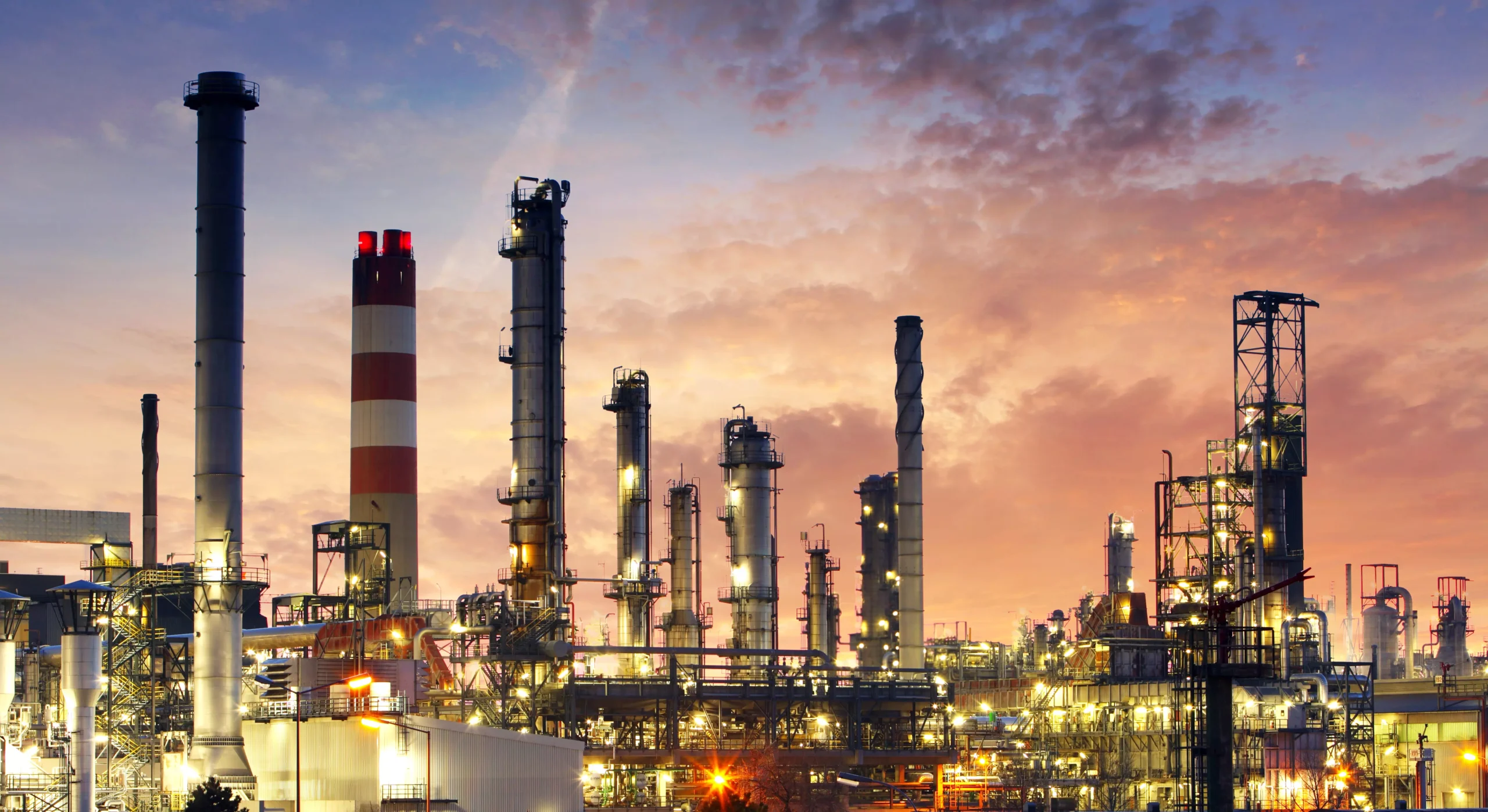
Economic Resilience Under Sanctions:
Iran GDP is 463.7$ billion and GDP per capita is 5,300$ as per latest report of june 2025. Despite decades of U.S. and EU sanctions, Iran’s economy remains functional. Oil exports to China, regional trade, and informal networks help Tehran sustain its economy and resist economic collapse.
IRAN’s Geographical Power Explained:
Iran’s geography offers powerful natural defenses and strategic advantages. Surrounded by mighty mountain ranges, vast deserts, and the globally crucial Strait of Hormuz, Iran’s terrain plays a major role in its military, political, and economic strength.
1. Mountain Power:
Iran is fortified by mountains on almost every side, offering natural defense, hiding military assets, and limiting foreign invasions. These ranges protect Iran’s heartland and give a castle look to Iran while adding geopolitical advantage.
- Zagros Mountains (West and Southwest)
Stretching from northwest to the Persian Gulf, the Zagros range blocks western invasions and shelters oil fields, making it a strategic and defensive stronghold.
- Alborz Mountains (North)
Separating the Caspian Sea from the central plateau, the Alborz Mountains include Iran’s highest peak, Mount Damavand. They form a natural barrier against northern threats.
- Kopet Dag Mountains (Northeast)
Bordering Turkmenistan, the Kopet Dag offers protection along Iran’s northeast and acts as a climatic boundary between the Iranian plateau and Central Asia.
- Makran Mountains (Southeast)
Located in southeastern Iran near the Afghanistan and Pakistan border and the Gulf of Oman, the Makran range strengthens Iran’s coastal defense and shelters key naval positions.
2. Deserts of the East:
Iran’s east is dominated by two massive deserts that act as natural defense to invasion and settlement, limiting access to central regions and protecting the country’s interior.
- Dasht-e Kavir (Great Salt Desert)
Located in the north-central region, this salty desert is largely uninhabitable. It restricts movement from the north and central east, helping protect Iran’s core from ground invasion.
- Dasht-e Lut (Lut Desert)
One of the hottest places on Earth, located in southeastern Iran. Its extreme conditions serve as a geographic shield and a training ground for military endurance.
3. Strait of Hormuz:
The Strait of Hormuz is a narrow waterway where 20% of global oil passes. Iran’s southern coastline borders this strait, giving it strategic control over global energy routes and naval dominance in the Persian Gulf.
Foreign Relations and Strategic Diplomacy:
Iran has shifted from Western dependency to Eastern strategic partnerships, strengthening ties with China, Russia, and key players in Asia, Africa, and Latin America through trade, diplomacy, and infrastructure projects.
Iran Joins BRICS+ and Global South Alliances:
In 2024, Iran officially joined the BRICS+ group, aligning with Brazil, Russia, India, China, and South Africa. This move boosts Iran’s geopolitical clout and offers alternatives to Western-dominated financial systems.
Active Role in Regional Organizations:
Iran plays a growing role in multilateral groups like the Shanghai Cooperation Organization (SCO) and the Eurasian Economic Union, using these platforms to expand trade, energy deals, and regional influence.
Digital and Infrastructure Growth:
Iran invests in homegrown technology, satellite launches, and regional infrastructure projects to reduce dependency and promote self-sufficiency — especially in cyberspace, telecom, and energy distribution.
The Power & Legacy of Ayatollah Ali Khamenei:
Ayatollah Ali Khamenei, Iran’s Supreme Leader since 1989, holds the most powerful & strong position in the country — both politically and spiritually. His leadership has shaped the Islamic Republic’s identity and direction for over three decades.
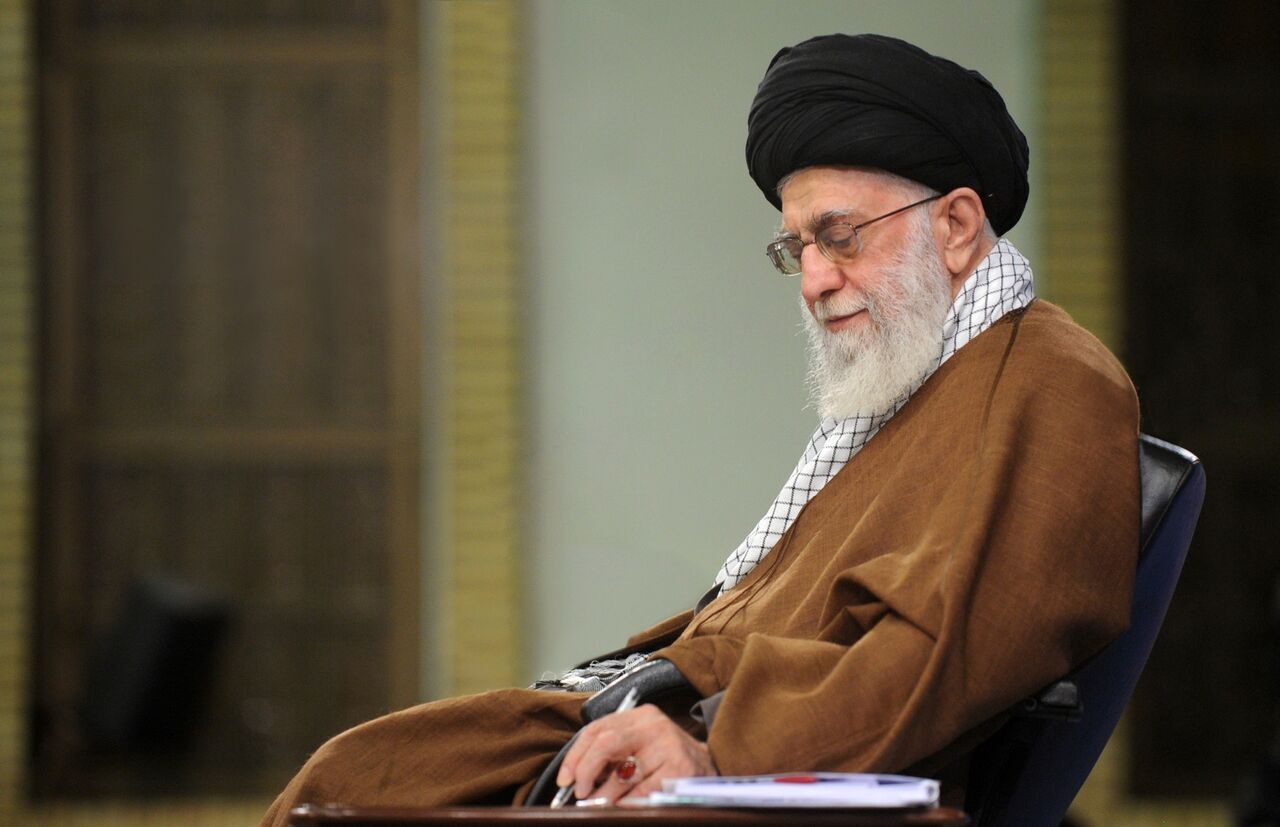
Supreme Leader: Beyond Presidency or Parliament:
As Supreme Leader, Khamenei controls:
-
Military: Commander-in-Chief of armed forces, including the IRGC
-
Judiciary: Appoints top judges
-
State Media: Final say on messaging and ideology
-
Foreign Policy: Guides strategic decisions, especially on the U.S., Israel, and nuclear issues
-
Guardian Council: Oversees who can run for elections
-
Assembly of Experts: Indirectly loyal to him, responsible for selecting his successor
This structure ensures theocratic control of Iran’s democracy, with Khamenei as the highest authority.
His Influence Over Time:
Since taking office after Ayatollah Khomeini’s death:
-
He has survived assassination attempts and U.S. pressure
-
Modernized Iran’s defense doctrine, especially the missile and drone programs
-
Expanded Iran’s influence through proxy wars and regional alliances
-
Balanced hardliners and pragmatists within Iran’s internal politics
His religious status as a Marja (source of emulation) further increases his sway over millions of Shia Muslims globally.
Succession Debate:
At 86 years old in 2025, there are growing debates over his successor:
-
Possible names include his son Mojtaba Khamenei, or key clerics within the IRGC-aligned establishment
-
The next leader will inherit an Iran that is militarily stronger, but also economically pressured and globally polarized
Khamenei’s legacy is one of resistance, self-reliance, and regional expansion, making him a transformative figure in modern Middle Eastern history.
Conclusion:
In 2025, Iran stands as a resilient and multifaceted power. Despite sanctions and isolation, it excels in military strength, nuclear potential, cyber warfare, and proxy influence. Economically aligned with BRICS and Eastern allies, Iran’s regional dominance and Supreme Leader Ayatollah Khamenei’s unwavering control make it one of the most strategically powerful nations in the Middle East today.
CTA:
Stay informed with Muav PK as we continue to uncover the truth behind breaking headlines, military developments, and geopolitical shifts in South Asia.
🔔 Subscribe to our blog for verified, unbiased updates.
📲 Follow us on TwitterX http://muavpk.com, Instagram, and Facebook https://www.facebook.com/share/1AbLcQwDfj/
Comment below with your thoughts — Do you believe the full truth has come out?
FAQs:
1. Is Iran a nuclear-armed country in 2025?
No, Iran is not officially nuclear-armed, but its enrichment levels and advanced centrifuge program bring it closer than ever to potential weaponization.
2. How powerful is Iran’s Supreme Leader Ayatollah Ali Khamenei?
He is the most powerful figure in Iran, controlling the military, judiciary, foreign policy, and intelligence—surpassing the president in authority.
3. Does Iran have modern military technology?
Yes. While some systems are outdated, Iran has developed advanced missile tech, drones, and asymmetric naval and cyber warfare tools.
4. How strong is Iran’s economy despite sanctions?
Iran’s economy remains functional through oil trade with China, BRICS partnerships, and regional networks, with a GDP of over $460 billion in 2025.
5. What makes Iran influential in the Middle East?
Iran’s regional power comes from its proxy network, missile deterrence, intelligence agencies, and strategic use of geography like the Strait of Hormuz.

3 thoughts on “How Powerful is Iran in 2025? A Complete Strategic, Military, and Geopolitical Analysis”